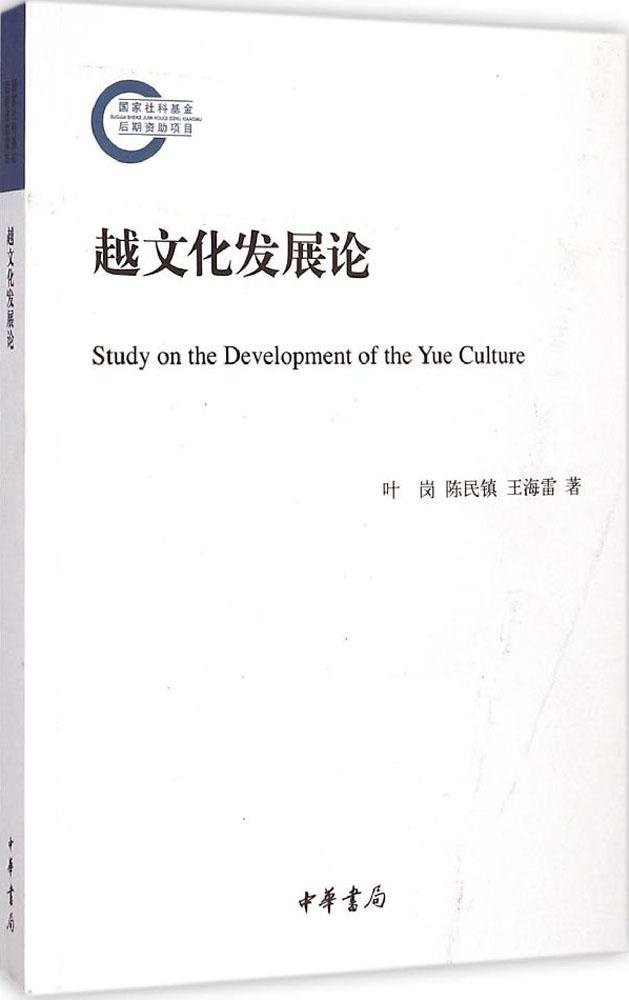Yue culture reveals pattern of Chinese civilization

Study on the Development of Yue Culture
Author: Ye Gang, Chen Minzhen, Wang Hailei
Publisher: ZhonghuaBook Company
Over the past few millennia, Yue culture, a regional culture centered on Shaoxing of Zhejiang Province, has generated numerous cultural achievements known throughout the world.
Study on the Development of Yue Culture by Ye Gang, Chen Minzhen and Wang Hailei draws on quantitative and qualitative approaches to analyze traditional texts, unearthed documents, archaeological materials and research achievements in molecular anthropology.
Though it primarily uses the research methodology of cultural history, it also borrows from history, bibliography, sociology, politics, anthropology and geography. In particular, it applies a method of historical research that studies the evolution of Yue culture over a long period to gain a comprehensive perspective.
The book points out that Yue culture, a typical regional culture in southeast China, underwent three major transformations: from “barbarism” to “civilization,” from a regional culture to an integration with the Han culture, and from a traditional agricultural society to modernity.
Yue culture achieved a high starting point during Liangzhu culture period (3300-2300 BC) and the Spring and Autumn Period (770-476 BC). Afterward, it developed rapidly in the Eastern Han Dynasty (25-220) and after the Western Jin (265-317) was overrun, when the chaos and devastation of the north led to a mass migration of Han Chinese to the south. Yue culture continued to flourish in the Tang Dynasty (618-907) and after the Jingkang Incident, which ended the Northern Song (960-1127) and forced the imperial family to flee to the south.
Under the influence of internal and external factors, Yue culture showed a pattern of consistent growth in spurts, whereas Central Plain culture experienced ups and downs in the course of its development. The discovery of such a pattern is conducive to furthering the understanding of Yue culture and Chinese culture as a whole.
The book targets a regional culture but offers a new perspective for the study of Chinese culture that will help clear the air about the traditional theory of Central Plain dominance, correcting the existing perception and prejudice of the law of development of Chinese culture, thus providing evidence for the theory of cultural development.
Ma Xianzhong is a reporter at the Chinese Social Sciences Today.
